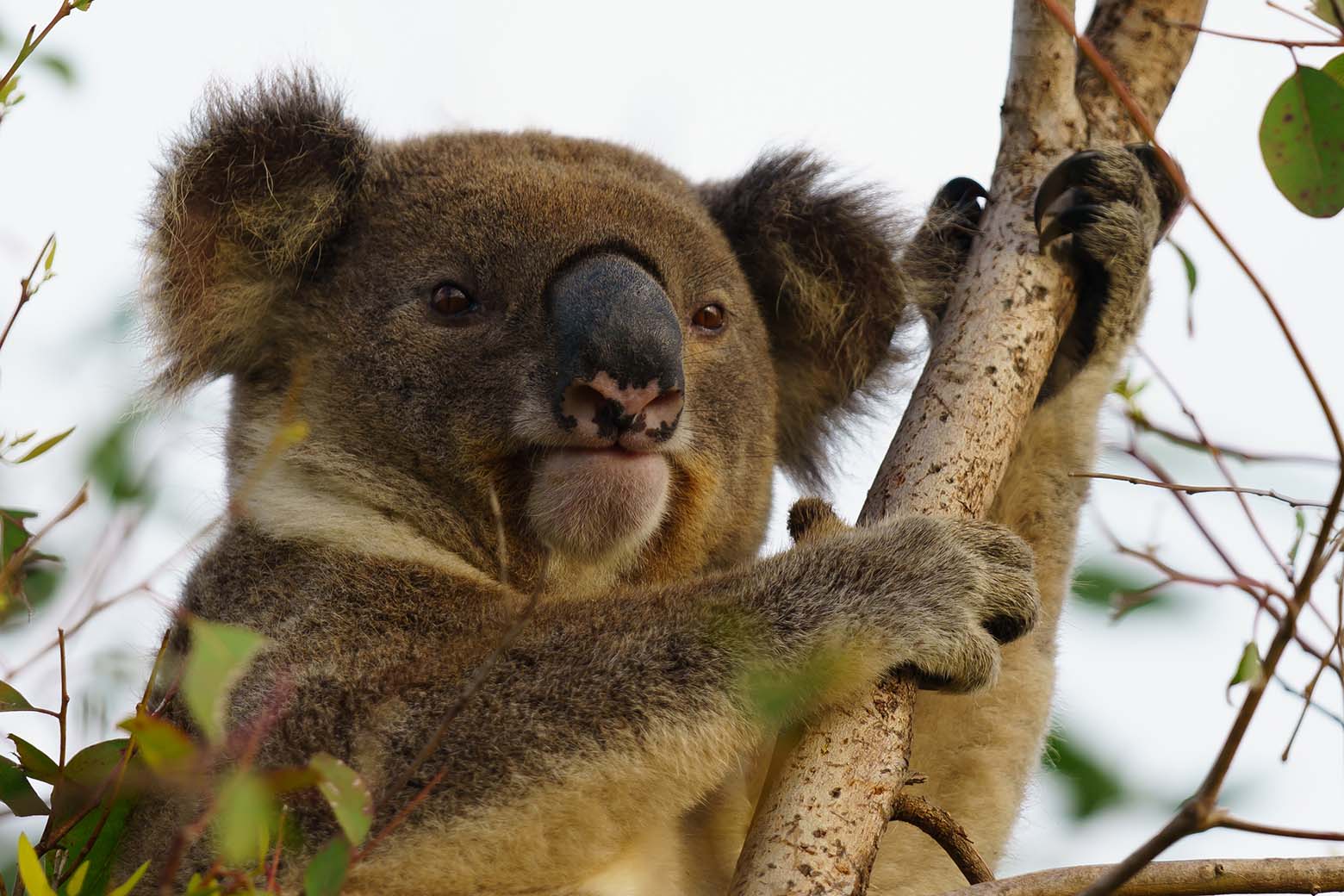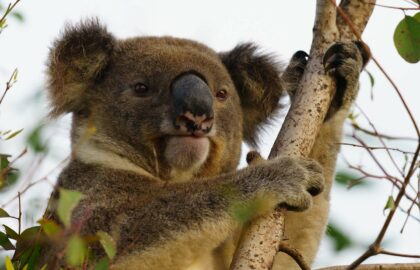Private landholders in New South Wales are backing a push to significantly increase koala habitat in an effort to bring Australia’s iconic emblem back from the brink.
Koalas on the east coast of Australia are facing a grim future. Following severe population declines, made worse by the catastrophic bushfires of 2019-20, koalas were officially declared endangered in NSW, Queensland and the ACT in February this year.
The World Wide Fund for Nature-Australia (WWF-Australia) has partnered with ecological restoration specialists Envite Environment to identify areas around the Richmond Valley in Northern NSW that would support the expansion of koala habitat to sustain healthy populations into the future.
“There is a future for koalas on Australia’s east coast, but they need a big helping hand to recover. We need to protect and restore large areas of koala habitat and create corridors to reconnect isolated populations,” said Tanya Pritchard, Landscape Restoration Project Manager at WWF-Australia.
Envite recognized that to achieve the outcomes needed and create important habitat corridors, there was a need to engage private landowners in the project.
“We need to plant around 23,000 food and habitat trees in the Richmond Valley in areas where there is the best chance of survival and the greatest impact on koala populations,” said Dan Cox, Area Manager for Envite Environment.
“Thankfully we had established some strong connections with landowners on previous projects who generously offered up their properties for planting” added Dan.
Envite have commenced planting on properties in Tatham, Ruthven, Bungawalbin and Coraki in Northern NSW with a view to regenerating more than 100 hectares of prime koala habitat.
Sue Higginson and Adam Dawson’s property is already a haven for koalas, and they have enthusiastically encouraged an expansion of habitat on their property.
“My work as a public interest environmental lawyer and now a member of the NSW Parliament has given me a real insight into how much trouble our iconic koala is in. Last year we learnt that koalas are likely to be extinct in the wild in NSW by 2050 if we don’t take real action to protect them. So in addition to my work off farm, Adam and I decided we needed to do more.” Said property owner, Sue Higginson.
“We love living with koalas and have been planting Koalas trees on the farm for years. We realised that if we are going to make a difference to the local population we need to plant more trees and quicker. We are thrilled that with WWF and Envite we have now done this. We also believe that this planting will increase the resilience of our farm and therefore its productivity in the long term.”
“Sue and Adam’s property forms part of the Pelican Creek Corridor and has the potential to expand into critical koala habitat. We’re planting around 10,000 food and habitat trees across the property,” said Dan.
Envite also provide important education and mentoring to landowners to help them identify plants and weeds, so they can maintain the seedlings and ensure they grow into healthy trees.
The project hasn’t been without its challenges with widespread flooding across the region in 2022 decimating earlier plantings and delaying completion of the project.
“The floods were truly devastating, but the camaraderie and commitment we’ve seen from people in the Northern Rivers gives me hope. With the help of more landholders like Sue and Adam, we can give koalas the chance to thrive, not just survive,” said Tanya.
This initiative is part of a broader suite of projects led by WWF-Australia to help double the number of koalas across eastern Australia by 2050. This project is supported by the Australian Government’s Bushfire Recovery for Wildlife and their Habitat program.


